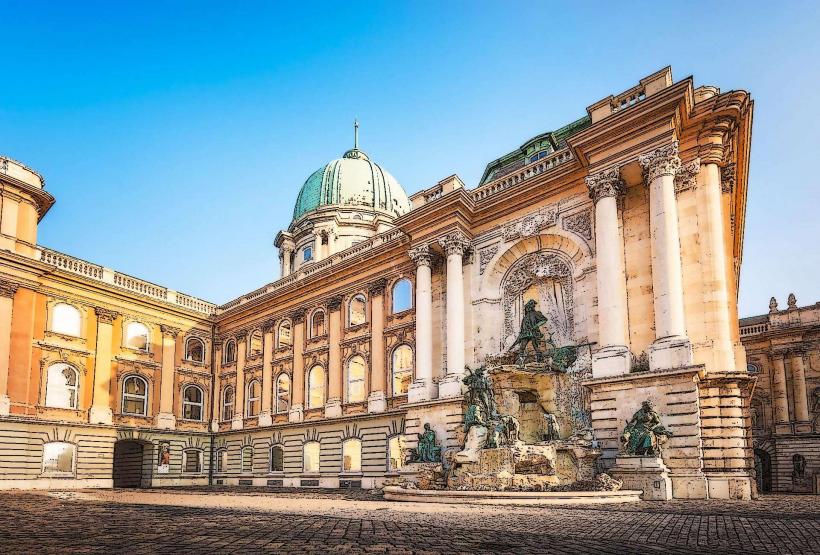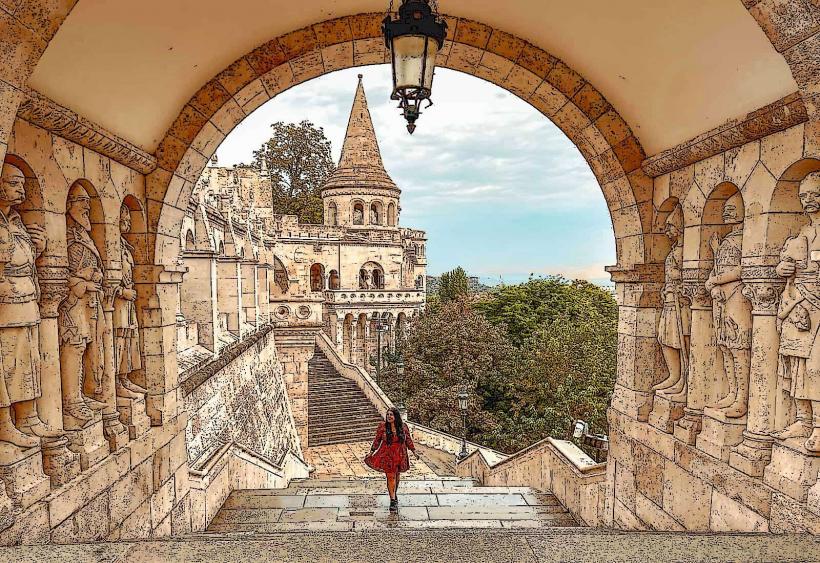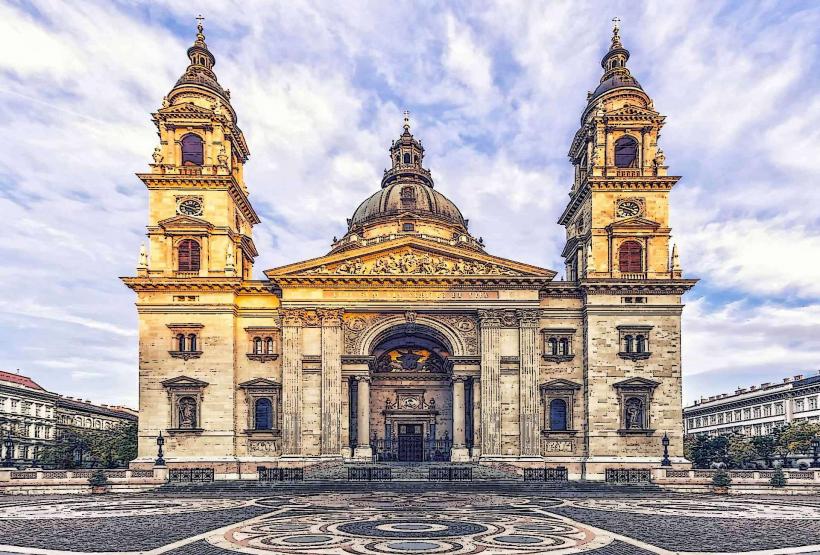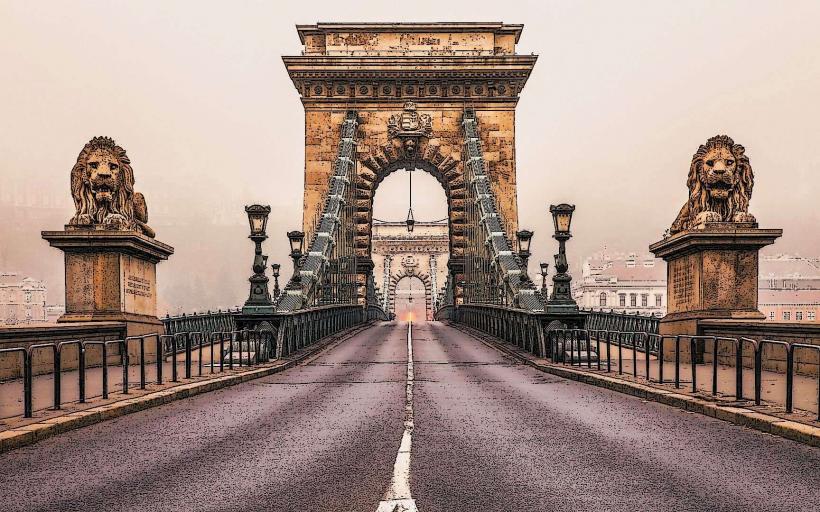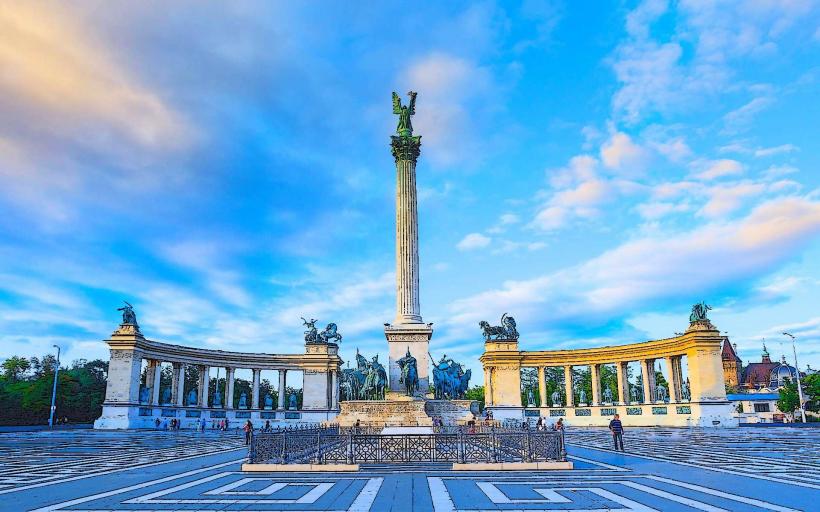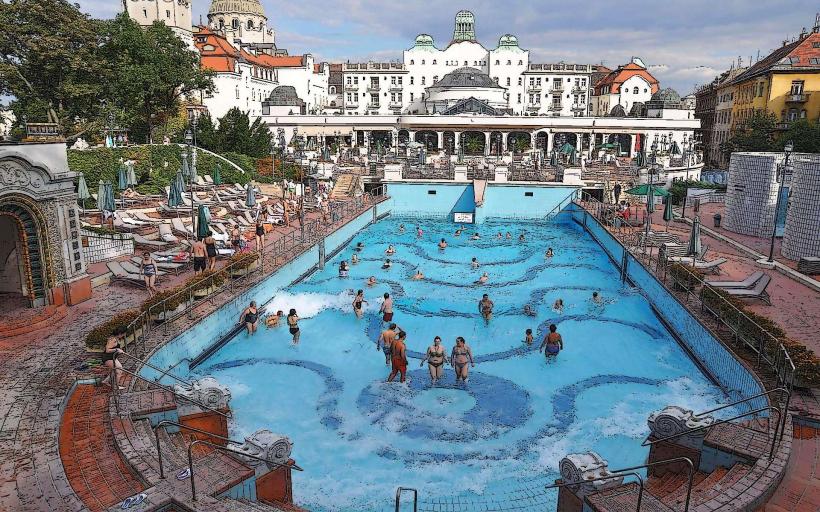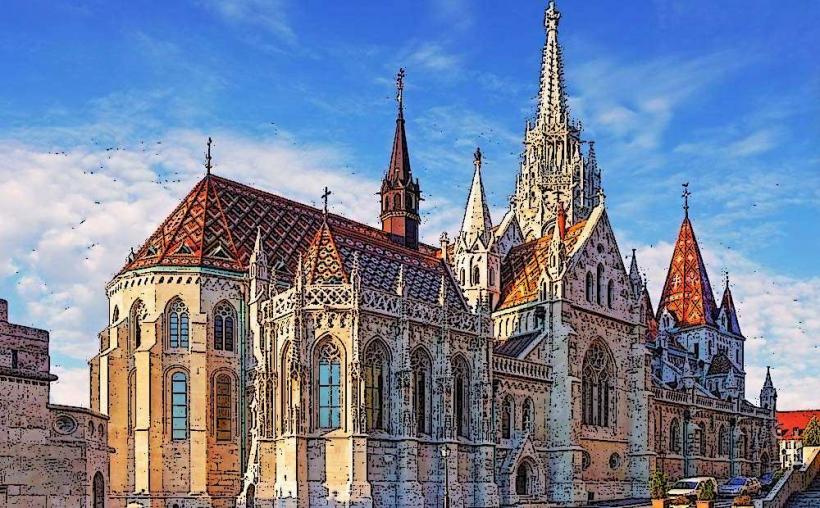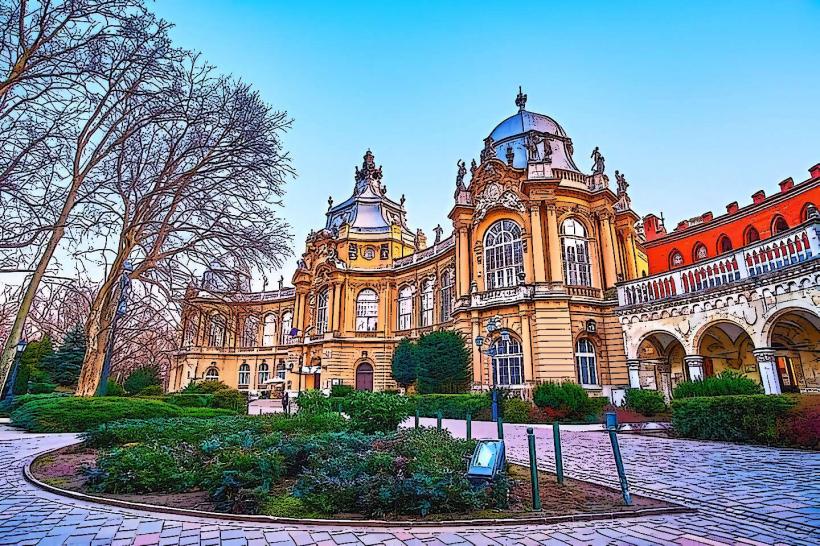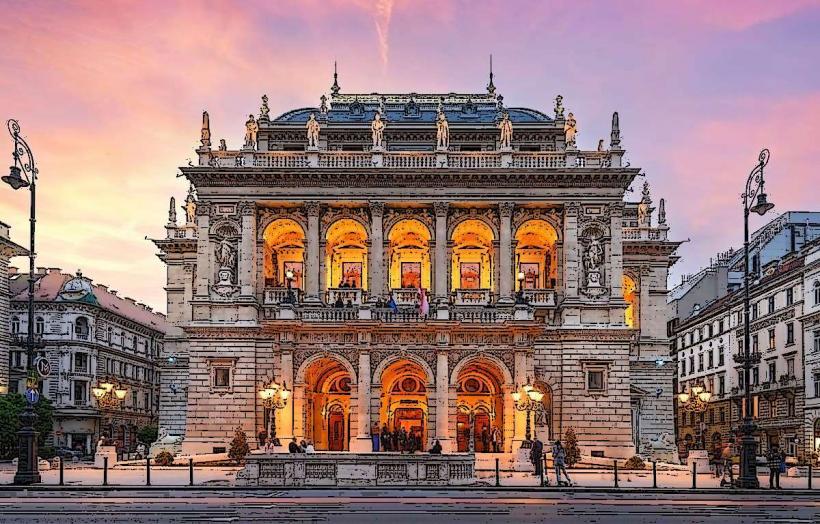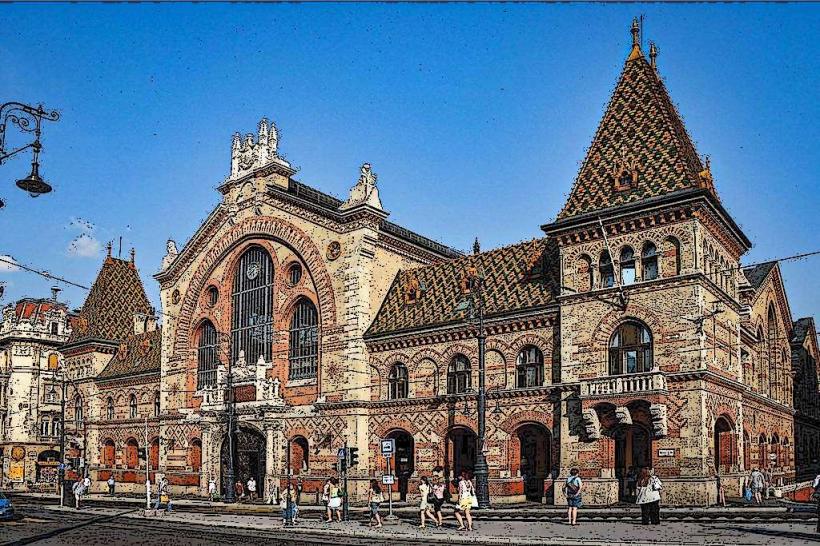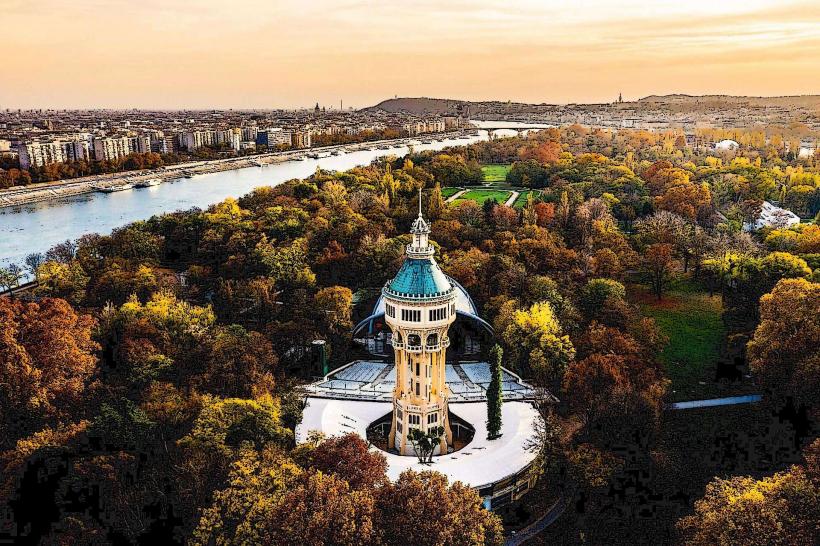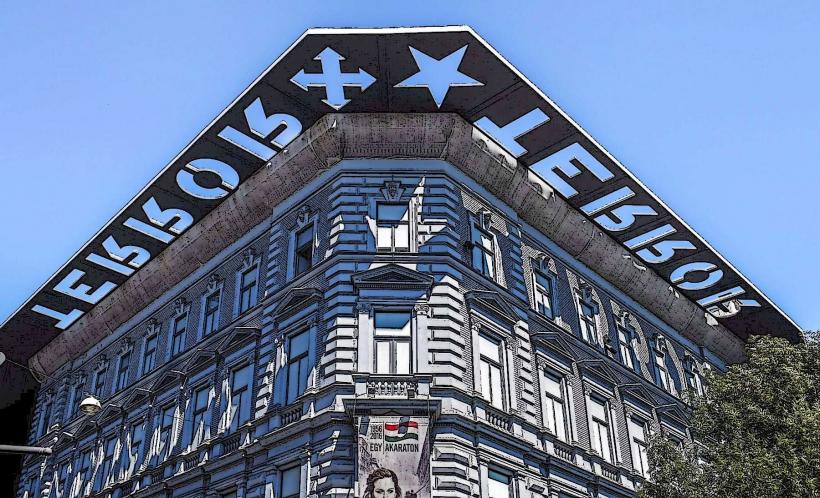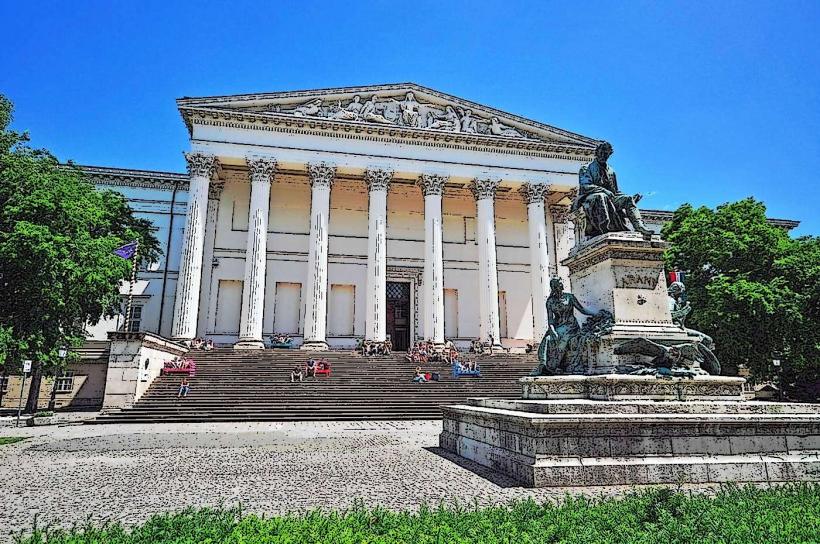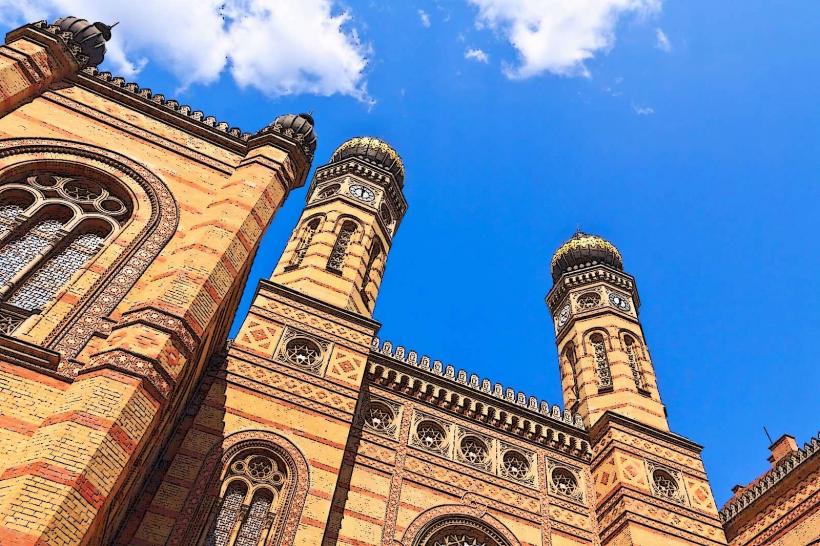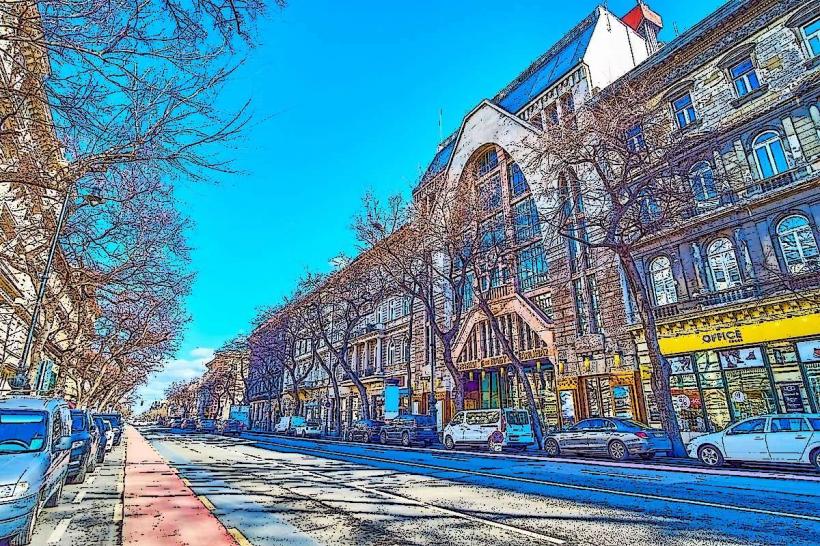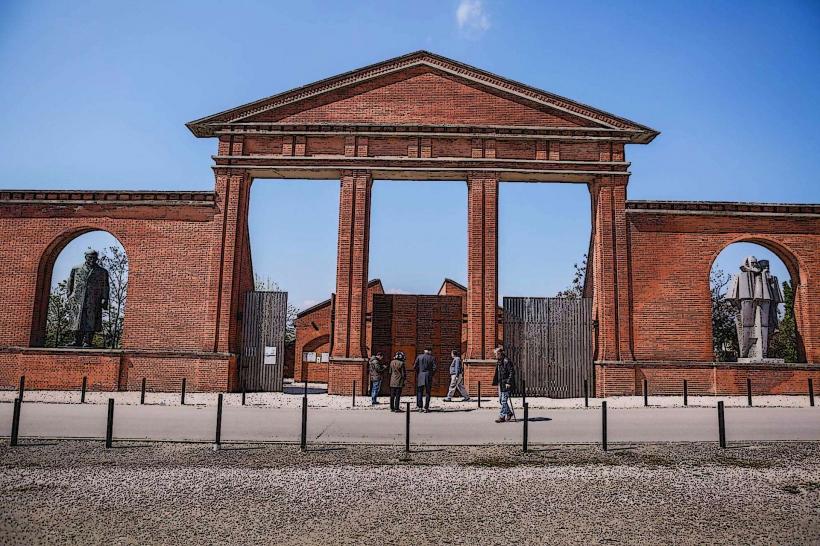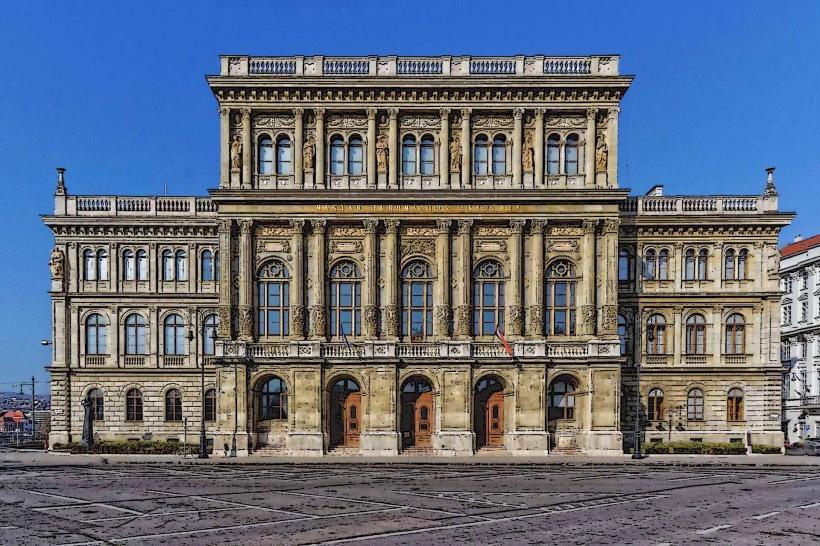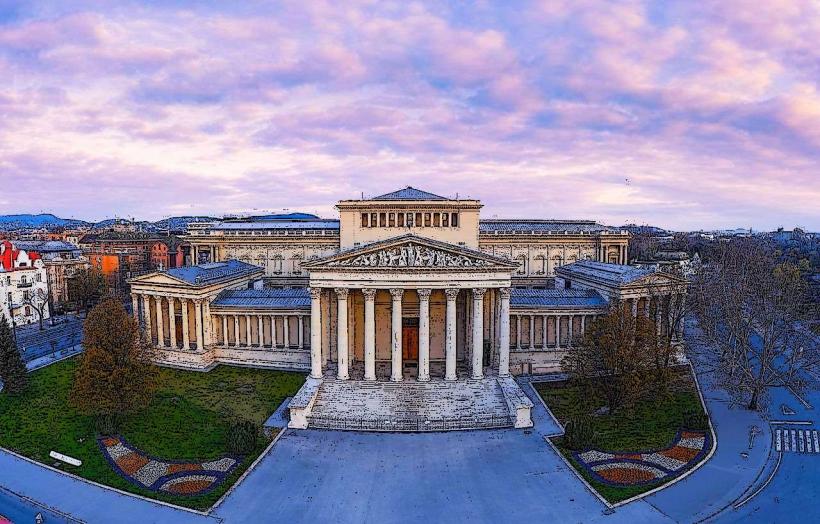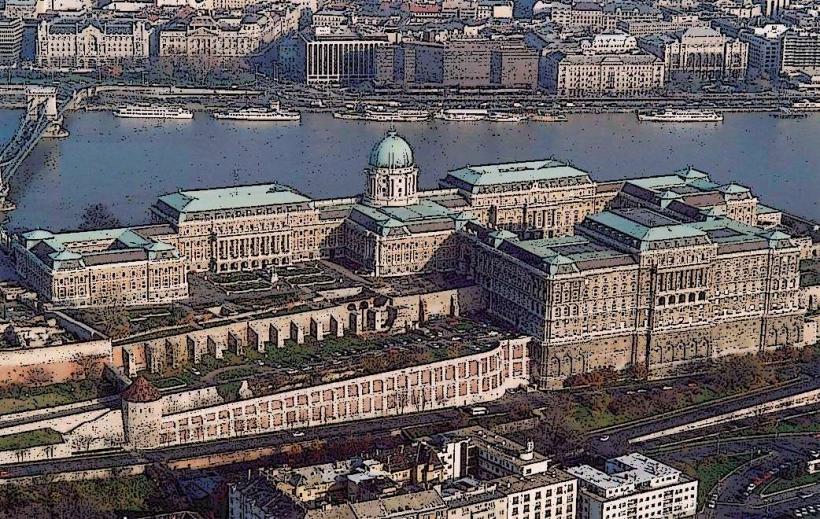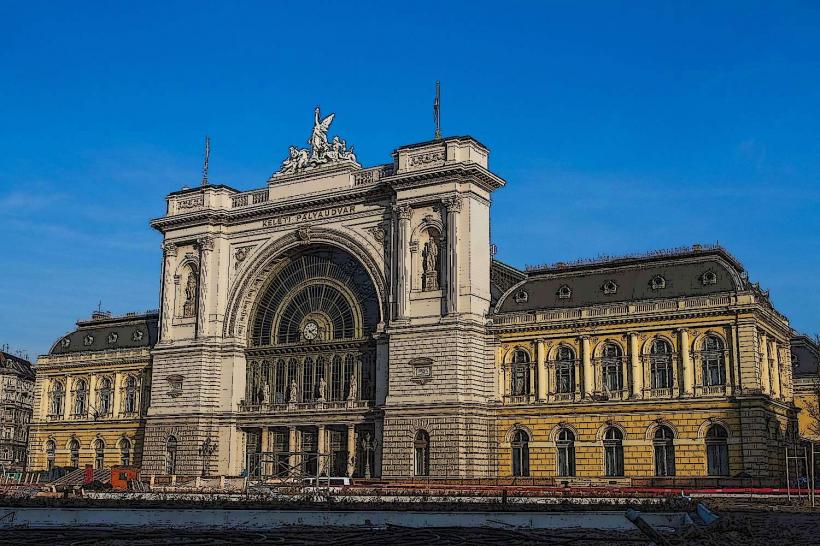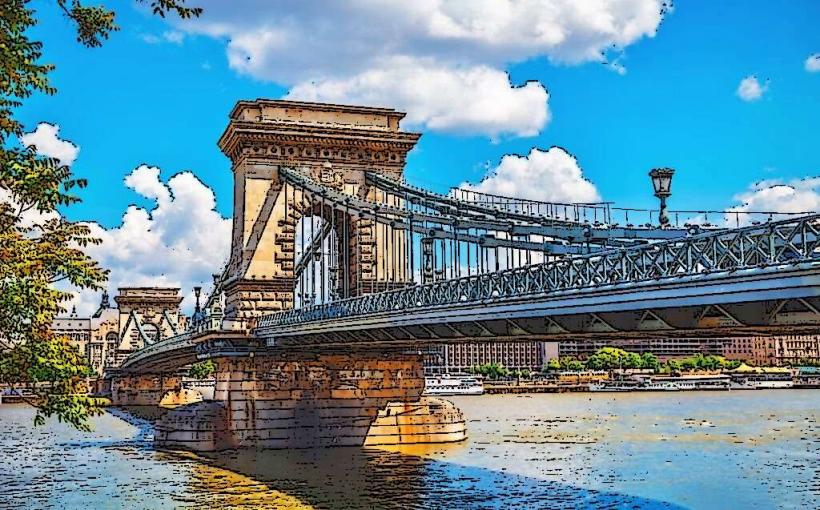Information
Landmark: Gellért HillCity: Budapest
Country: Hungary
Continent: Europe
Gellért Hill (Hungarian: Gellért-hegy) is one of the most iconic and scenic spots in Budapest, offering breathtaking views of the city, the Danube River, and its many landmarks. Located on the Buda side of the city, Gellért Hill is a prominent natural hill that rises to a height of about 235 meters (771 feet). It is not only known for its panoramic vistas but also for its rich history and cultural significance.
History and Name
Gellért Hill is named after Saint Gerard (Gellért), a Christian bishop and missionary who was martyred in the early 11th century. According to legend, Saint Gerard was thrown from the hill by pagans, making it a historically significant location in Hungarian Christianity. The hill has been a place of pilgrimage and religious importance for centuries.
The hill itself has been a site of strategic significance throughout Budapest's history, and its various structures and monuments represent different periods of the city's development.
Key Features and Attractions
Citadella (Citadel):
- The Citadella is a massive fortress located on top of Gellért Hill. It was built by the Habsburgs in the mid-19th century after the Austro-Hungarian Empire defeated Hungary in the 1848 Revolution.
- The Citadella was intended as a military stronghold and a symbol of imperial power, and it became a symbol of the oppression felt by the Hungarian people during the empire’s rule.
- Today, the Citadella serves as a tourist attraction, housing a small museum and offering stunning panoramic views of Budapest, particularly of the Parliament Building, Buda Castle, and the Danube River.
Liberty Statue (Szabadság Szobor):
- The Liberty Statue stands on top of Gellért Hill, overlooking the city. It was erected in 1947 by the Soviet Union to commemorate the liberation of Hungary from Nazi occupation during World War II.
- The statue depicts a woman holding a palm branch, a symbol of peace, and represents Hungary's liberation by the Soviet Red Army.
- The Liberty Statue is an important symbol of Hungarian history and has become an iconic landmark in the city.
Gellért Baths:
- At the foot of Gellért Hill is the famous Gellért Thermal Bath, one of Budapest's most beautiful and well-known thermal bath complexes. The baths are housed in an ornate Art Nouveau building, and the thermal water is famous for its healing properties.
- Visitors can enjoy a range of thermal pools, saunas, and spa treatments, making it a popular destination for relaxation and wellness.
- The Gellért Baths are a part of Budapest's rich tradition of thermal baths, which have been a key element of the city's culture for centuries.
Gellért Hill Park (Gellért-hegyi Park):
- The park surrounding Gellért Hill is a popular green space for locals and tourists alike. It provides an ideal setting for walking, picnicking, and relaxing, offering a tranquil escape from the hustle and bustle of the city.
- The park is home to several statues, small fountains, and gardens, as well as the Gellért Fountain, a beautiful waterfall feature located at the base of the hill.
Szent Gellért Cave and Church:
- There is also a small cave church located on the hill, known as the Gellért Cave Church. It was established in the early 1920s in a natural cave beneath the hill and became an important site for the Pauline monks who sought to create a peaceful place of worship.
- Today, the church is a popular tourist attraction, offering a unique and spiritual experience within the natural cave setting.
Monumental Views:
- One of the most notable features of Gellért Hill is its panoramic views of Budapest. The summit provides breathtaking vistas of the entire city, including the Danube River, Parliament Building, Buda Castle, and Pest across the river.
- The hill is particularly beautiful at sunset and during the night when the city is illuminated. It has become a favorite spot for photographers and visitors who want to capture the city's beauty from an elevated perspective.
Access and Hiking Trails
Gellért Hill is accessible by foot, public transport, and car. Visitors can hike up the hill via various trails, which range in difficulty but provide opportunities for a leisurely stroll as well as more strenuous hiking. The paths leading up the hill are surrounded by lush greenery and offer great views along the way. Alternatively, there is a funicular (Gellért Hill Funicular) that takes visitors to the top of the hill for a more relaxed ride.
Cultural Significance
Gellért Hill holds cultural and historical significance for several reasons:
- It is a symbol of Christianity in Hungary, with the legend of Saint Gerard contributing to its spiritual importance.
- The Citadella and Liberty Statue serve as reminders of Hungary’s complex history, from the Habsburg Empire’s control to the country's World War II liberation.
- The hill’s various landmarks have become part of Budapest’s identity and its tourism infrastructure, with many visitors coming to explore the rich historical and natural beauty of the area.
Conclusion
Gellért Hill is a must-visit destination in Budapest, offering a combination of stunning views, historical landmarks, and natural beauty. Whether you’re interested in history, culture, or simply enjoying a scenic spot in the city, Gellért Hill provides a tranquil and meaningful experience. It stands as a testament to Hungary’s rich past, from its Christian origins to its struggles for independence, making it one of Budapest’s most important and memorable locations.

